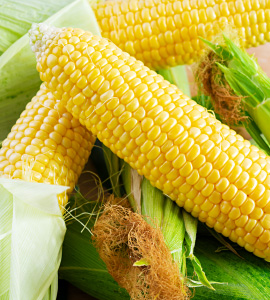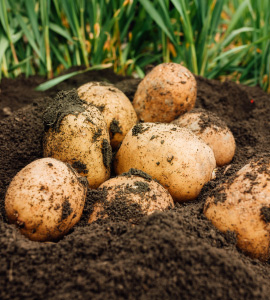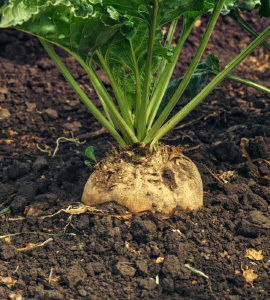- Zaferiye Mah. Yeni İstanbul Cad. No : 1753, 42600 Ilgın/Konya
- bilgi@akplas.net
- +90 (332) 881 60 60
Technical Information

Produce More in Your Field with the Most Appropriate Irrigation Method.
AllNuestros productos
- ALL PRODUCTS
- SPRINKLER IRRIGATION SYSTEM
- DRIP IRRIGATION SYSTEMS
- PVC CLEAN WATER PIPES
- PE-100 HDPE PIPES
- FULLY AUTOMATİC SEPERATOR AND PLASTİC DİSC FİLTER GRAVEL SYSTEM
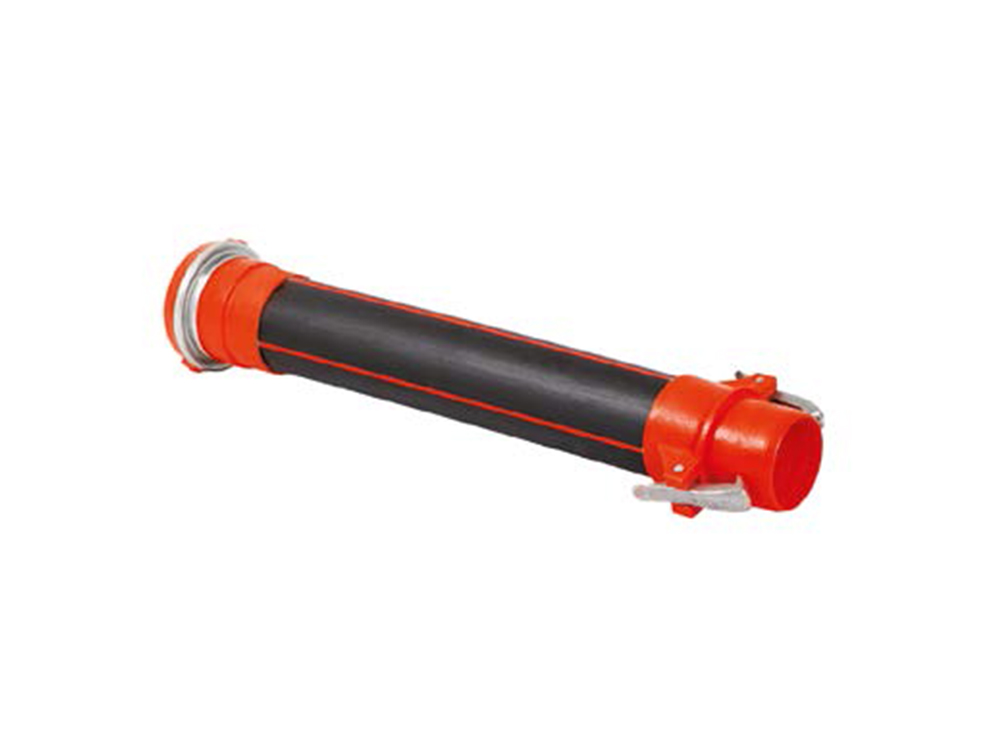
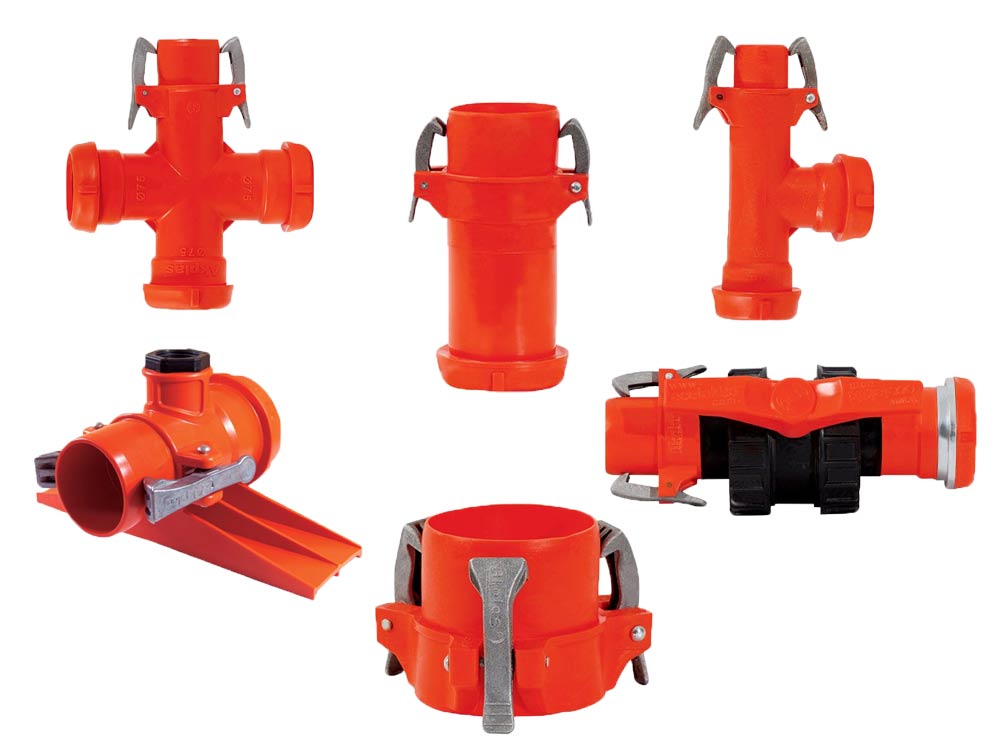
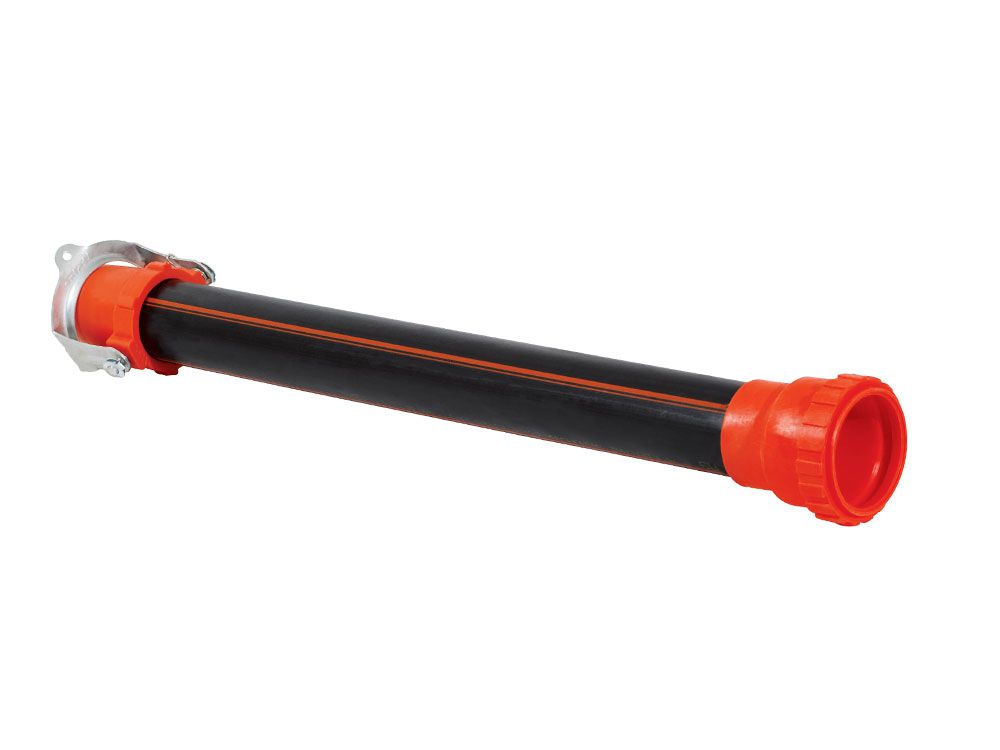
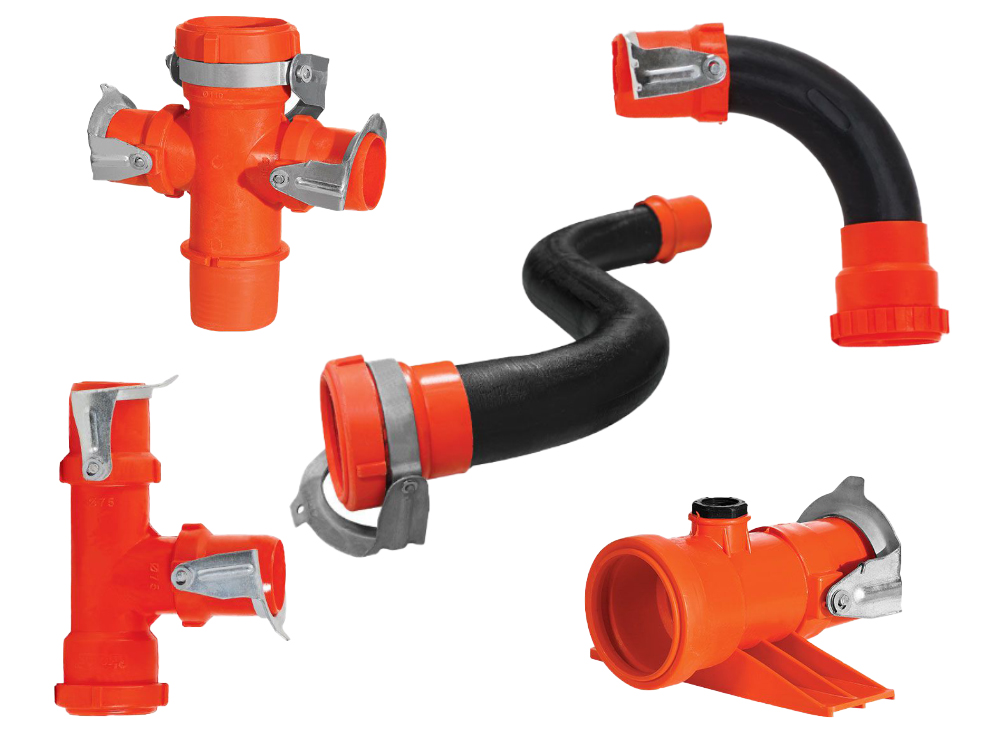
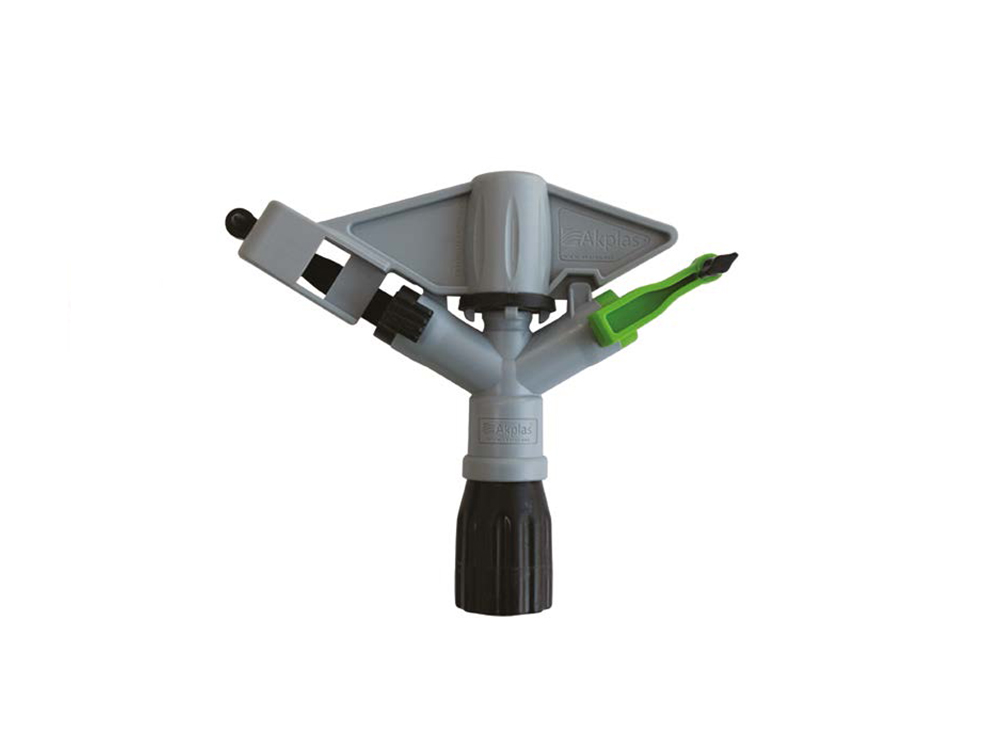
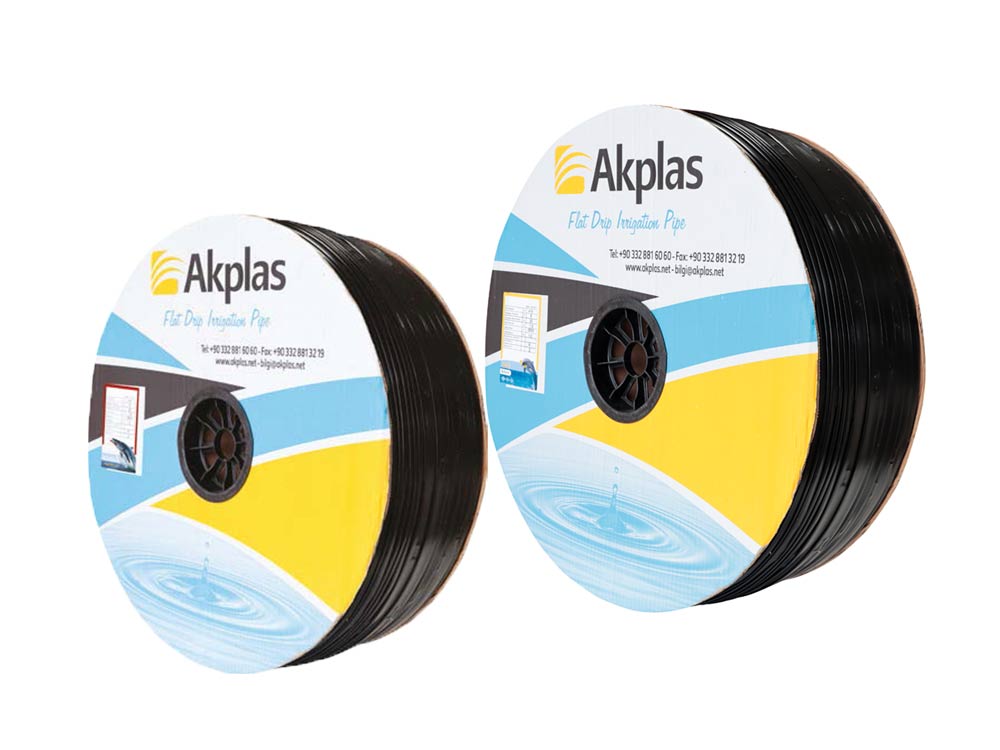
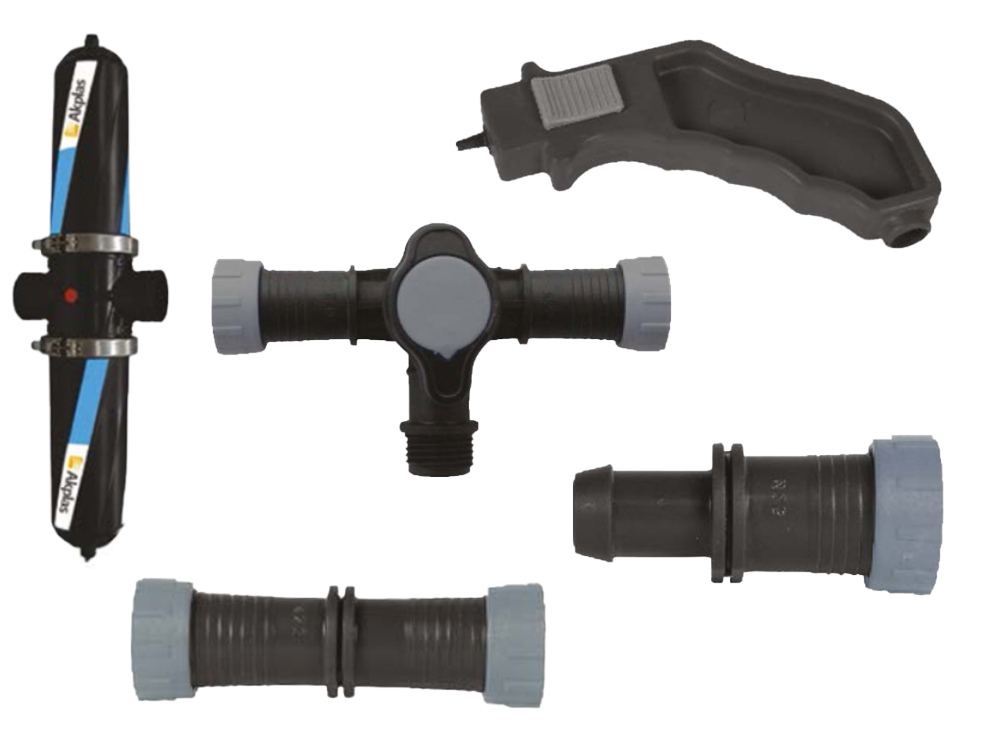
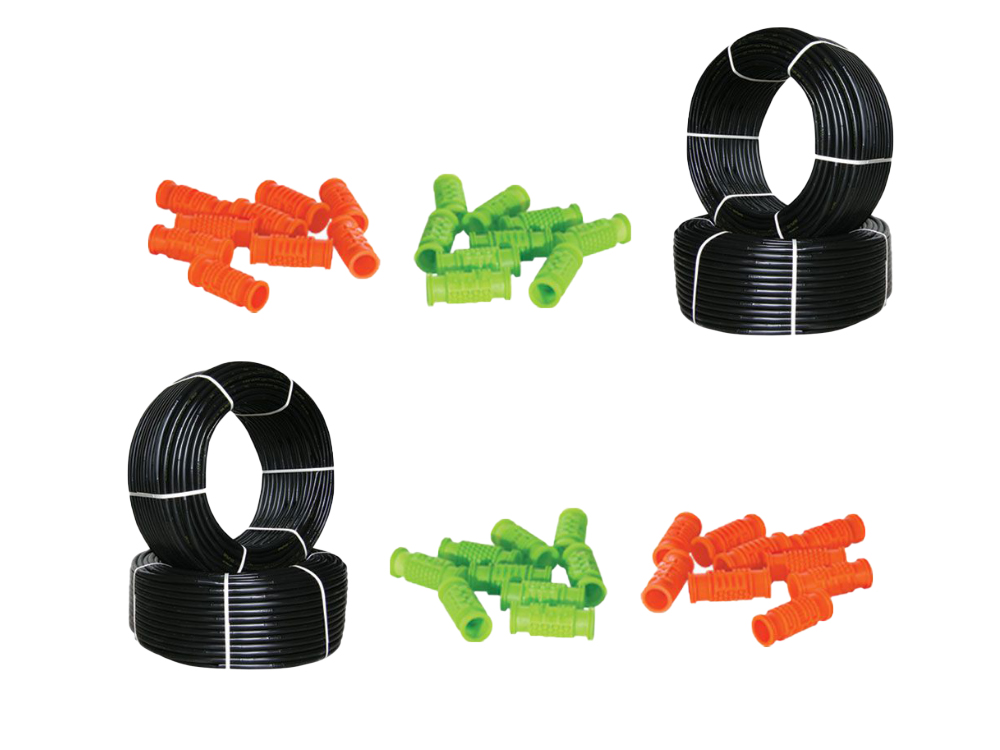
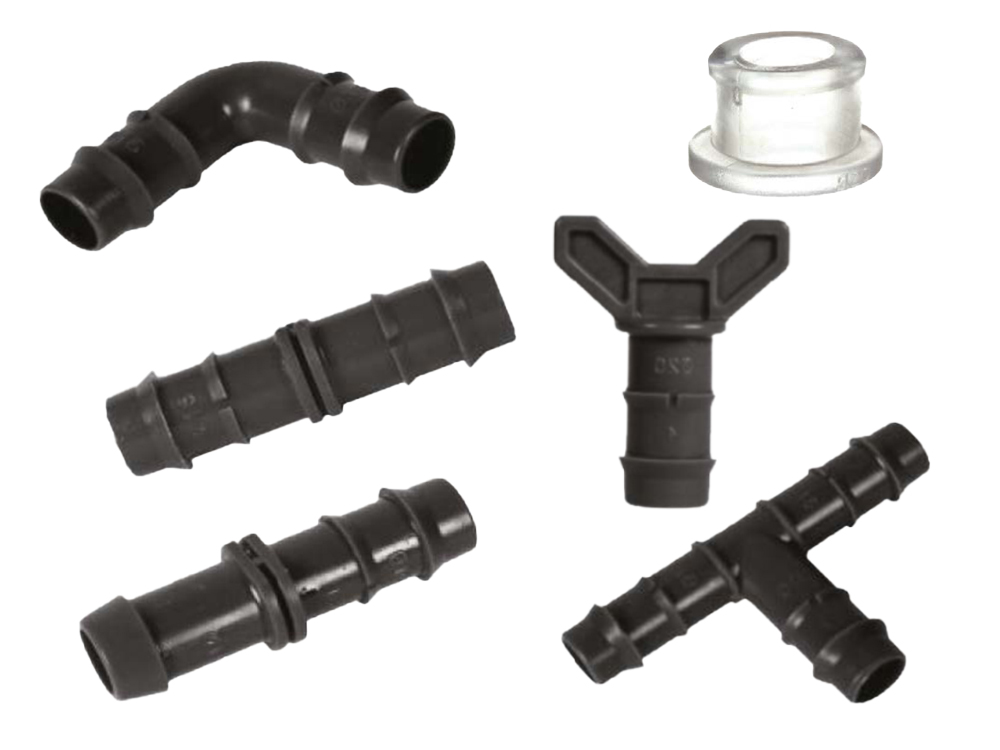
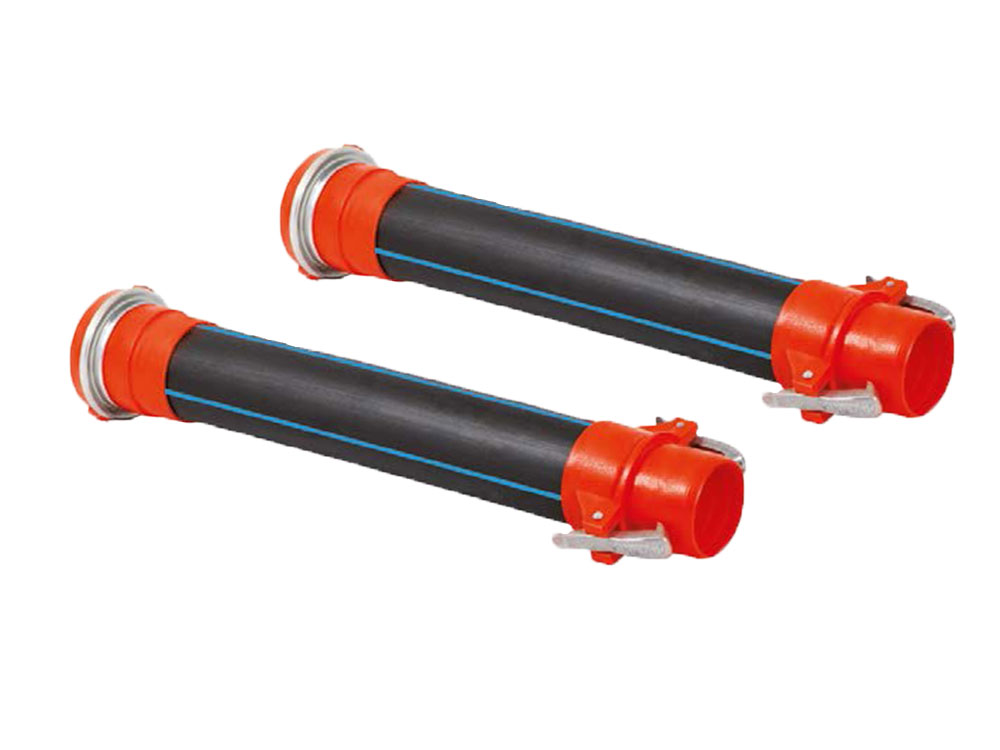
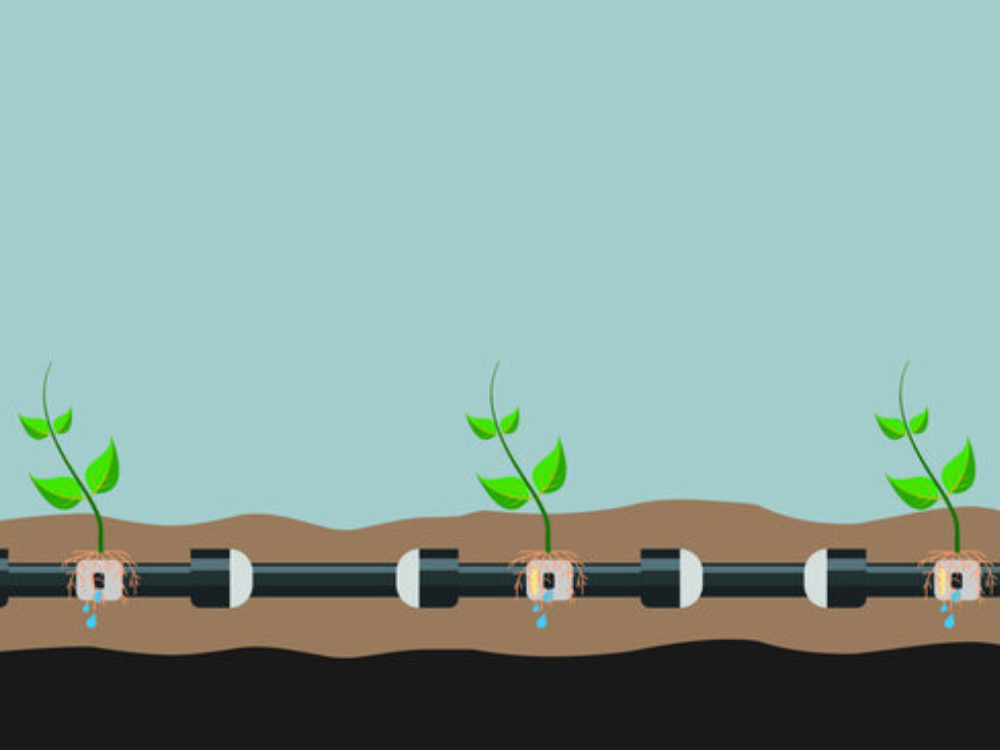
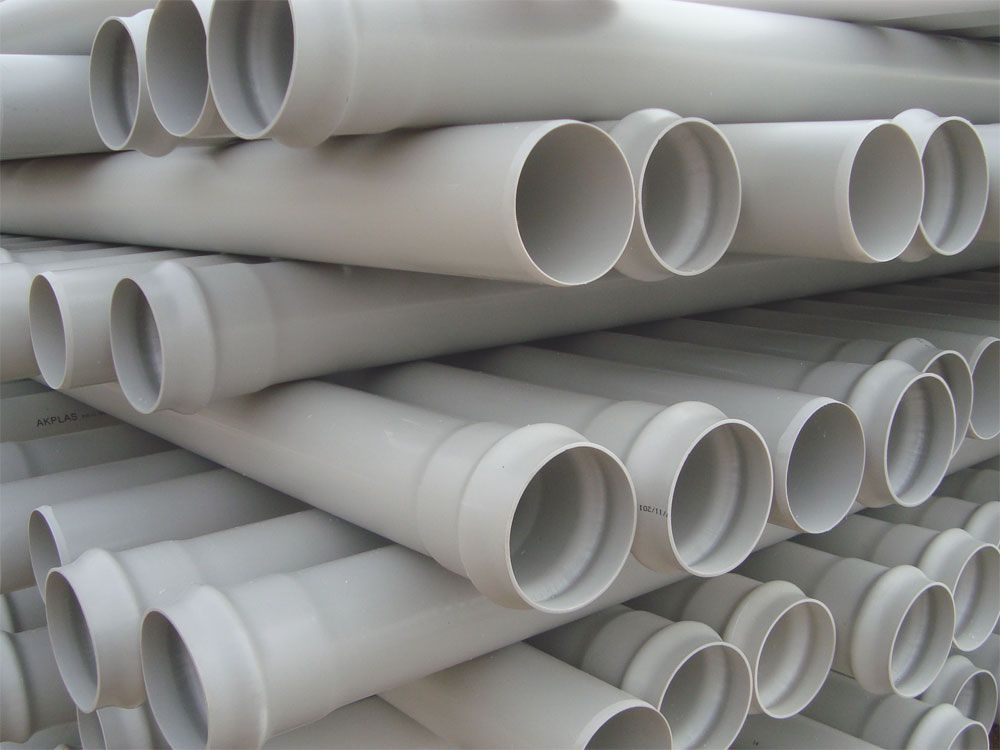
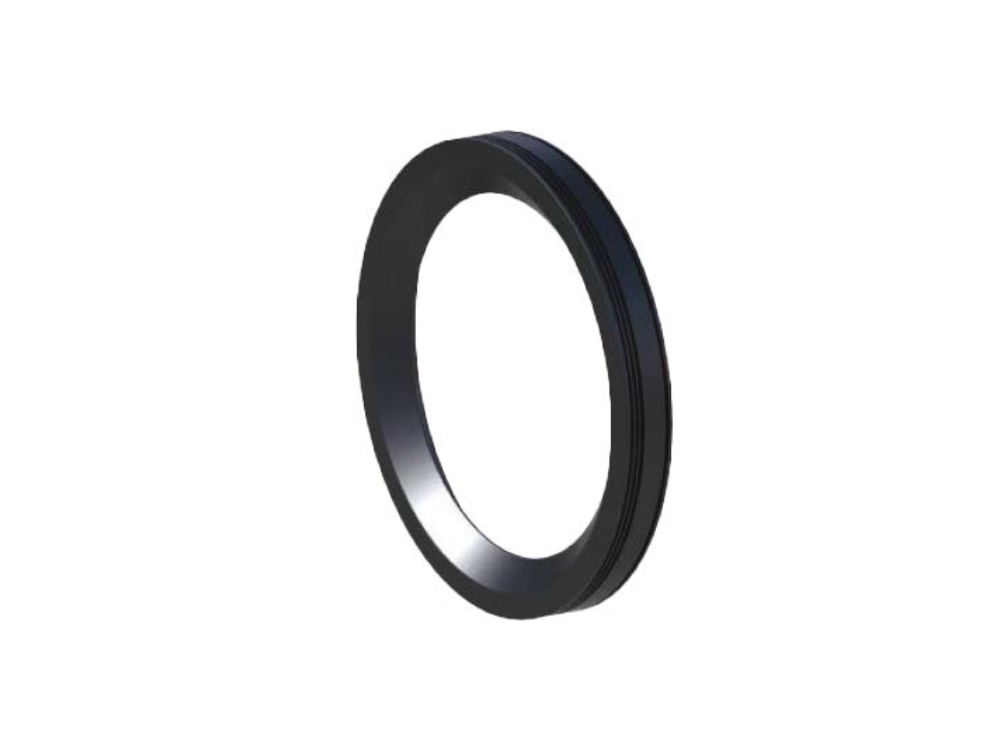
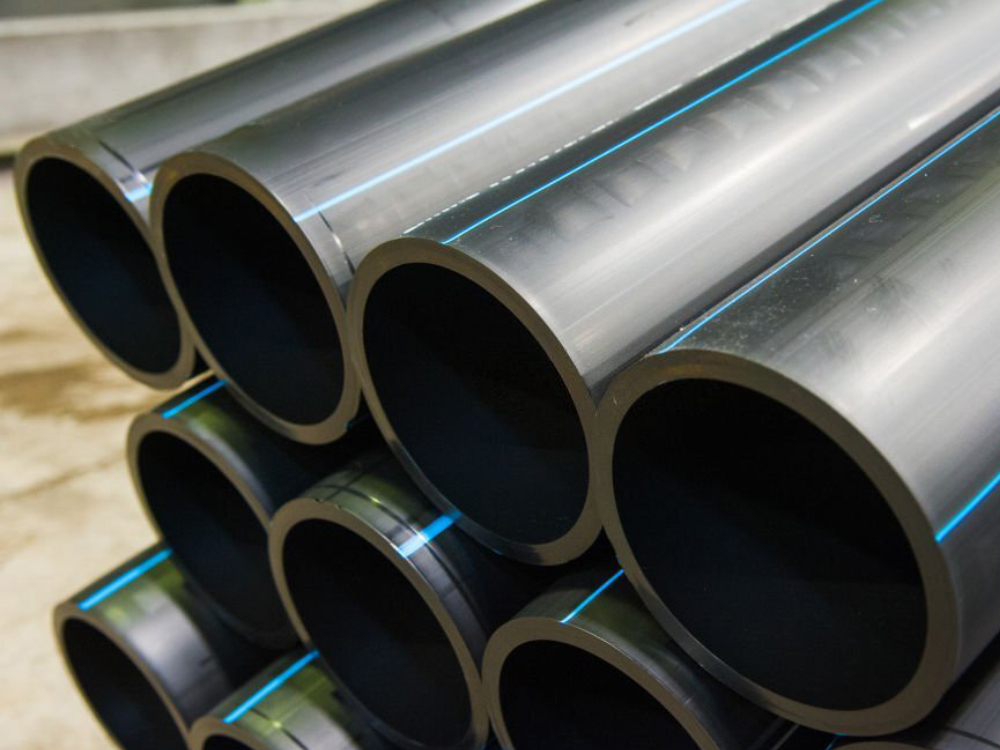
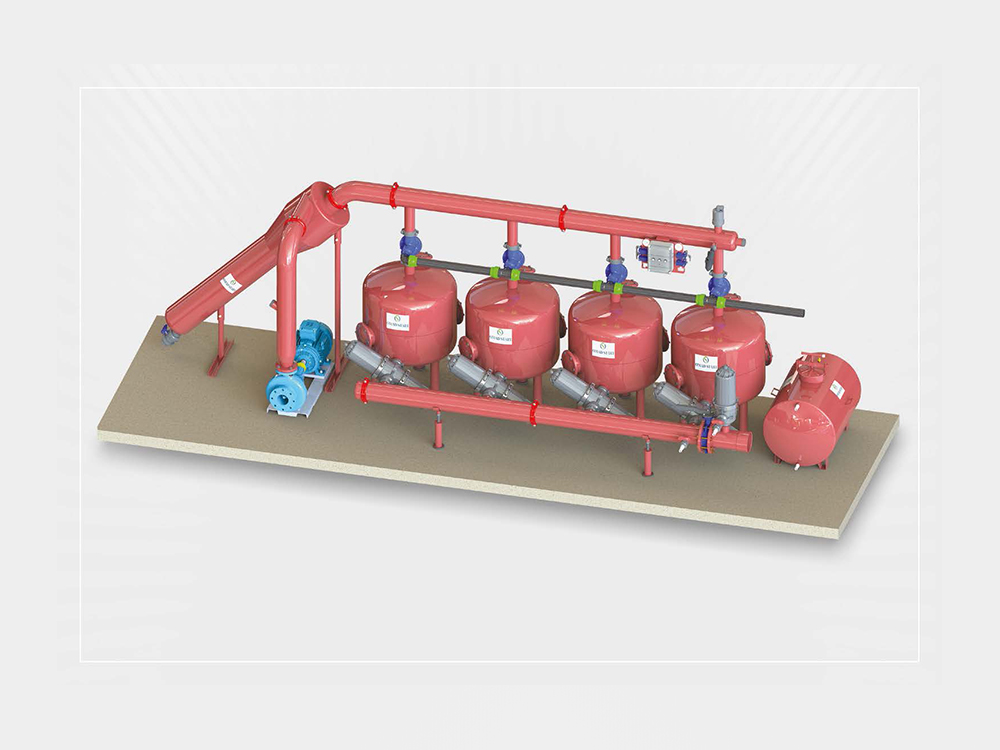
Akplas Irrigation Systems Advantages
Frequently Asked Questions
What is the difference between MDPE HDPE Pe 80 and Pe 100?
- Sprinkler irrigation pipes withstand 6 atm pressure but all elements of the system may not work under this pressure. For example, the number of sprinklers used or the sprinkle flow rate can damage the sprinkler operation under this pressure. As such, sprinkler irrigation systems should be operated at 2-3 bar levels.
What is the difference between MDPE HDPE Pe 80 and Pe 100?
Polyethylenes defined with petrochemical development are classified according to their density LDPE/Low Density Polyethylene, MDPE/Medium Density Polyethylene and HDPE/High Density Polyethylene.
High Density Polyethylenes have more strength than others. MRS (Minimum Required Strength) value has been calculated as 8 for MDPE and 10 for HDPE products. This allows for more fluid to pass through due to a higher strength at lower wall thickness for HDPE.
MDPE products, on the other hand, provide advantages in cracks and splitting caused by external impacts with a larger wall thickness value.
What is a sprinkler irrigation system ?
In sprinkler irrigation, water is transmitted to the sprinkler heads under pressure and applied to the land surface as an artificial rain. In order to apply the sprinkler irrigation system, it is provided with a water transmission system consisting of main pipes and lateral lines, sprinkler heads and a pump that provides water pressure according to the need. The pump may not be used depending on the condition of the water pressure.
Why Should I Use the Drip Irrigation System ?
It can be used in all kinds of land, regardless of its structure, thanks to its structure suitable for every type of land, water and fertilizer solution can be given directly to the root zone of the plant at the same time, providing an even distribution, high efficiency by meeting the plant with the right amount of water and fertilization, water savings of up to 95% This has been the reason why drip irrigation systems are frequently preferred in the field.
Are There Advantages of Fertilizing with Drip Irrigation ?
The name of this application is nutrigation. It means a combination of watering and fertilizing. In traditional fertilization methods, some of the fertilizer can be wasted by applying outside the soil volume occupied by the roots. In drip irrigation, on the other hand, it allows to apply less amount of fertilizer to plant roots at more frequent intervals during the irrigation season by focusing on a smaller area. In this way, efficiency increases and costs decrease.
Does Using Drip Irrigation Have an Effect on Cotton Production ?
With drip irrigation, which allows the cotton plant to grow homogeneously, 6-7 thousand tons of product can be obtained per hectare. Moreover, using the drip irrigation system provides the producers with advantages not only in terms of efficiency, but also in terms of energy and water savings. In addition to the 20% increase in yield, the root-plant development balance is also ensured thanks to drip irrigation and regular irrigation, which also maintains the air-water balance in the soil.
What is the Effect of Using Drip Irrigation on Corn Production ?
Corn is one of the most produced plants in Turkey. If the right amount of water is not given to the corn, it will cause stress to the plant and yield loss. At this point, the best solution is provided by drip irrigation systems. The drip irrigation system, which ensures that the irrigation process in Egypt is carried out in a controlled manner at all times, both on the plant and on the land, allows fertilization to be done together with irrigation.
Does Using Drip Irrigation have an Effect on Alfalfa Production ?
Clover is among the plants that require a lot of water. The drip irrigation system, which accelerates the development of the plant by applying water and nutrients frequently and in small doses, is a more effective method for plants with high water needs. In this way, while saving on water, energy, plant nutrition and protection products, it helps to obtain higher efficiency from any soil.
Does Using Drip Irrigation Have an Effect on Sugar Beet Production ?
The polar (sugar) value determines the quality of sugar beet. It needs 800-850 mm of water until harvest time. 99% of this water need is made by sprinkler irrigation. However, with the drip irrigation system, 10% increase in efficiency and increase in polar value between 1-3, as well as 50% water savings are provided.
U.S news
- 25 Kasım
Growtech Agriculture Fair
- 23 Kasım
Growtech Agriculture Fair
- 01 Şubat
National Water Planning Will Be Implemented
- 15 Şubat
Irrigation First Ranking in 2020 Agricultural Investments
- 02 Nisan
Turkey Irrigation Modernization Project Grant Agreement Published


